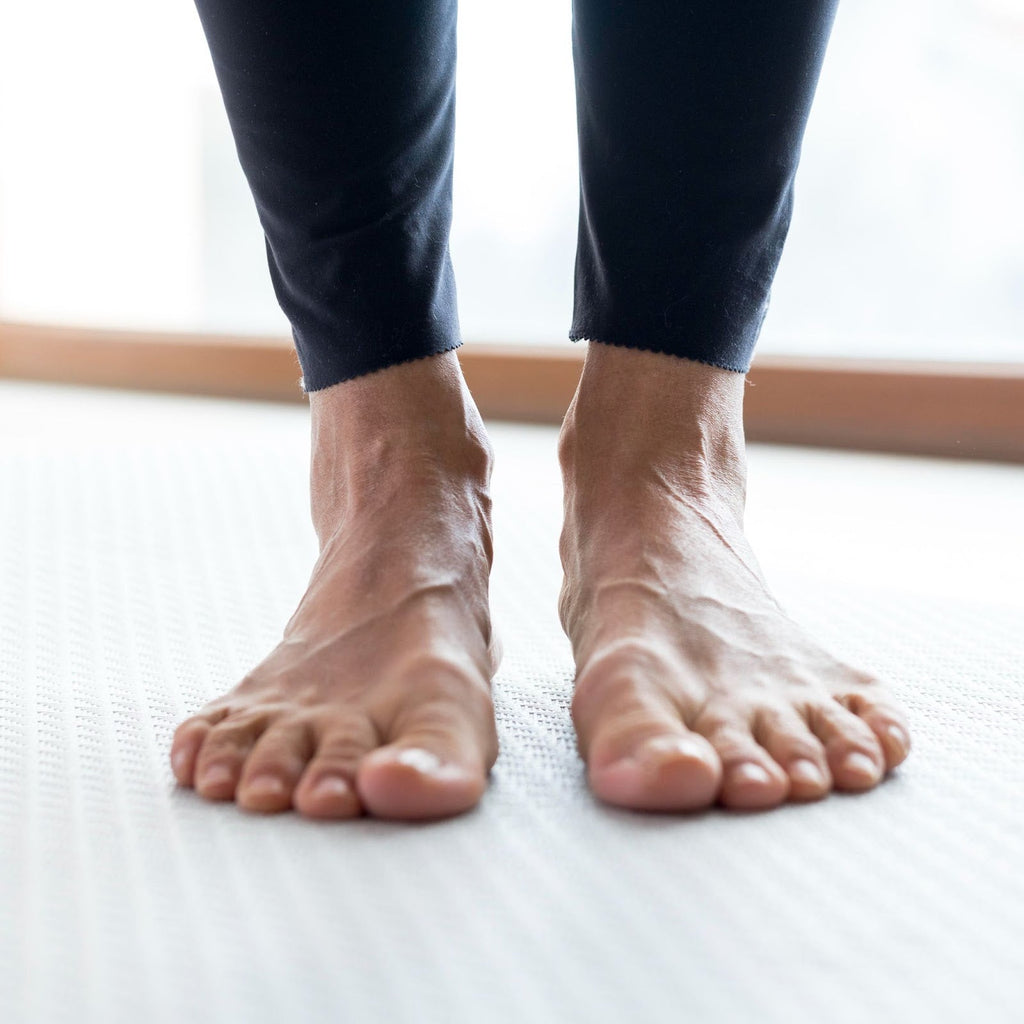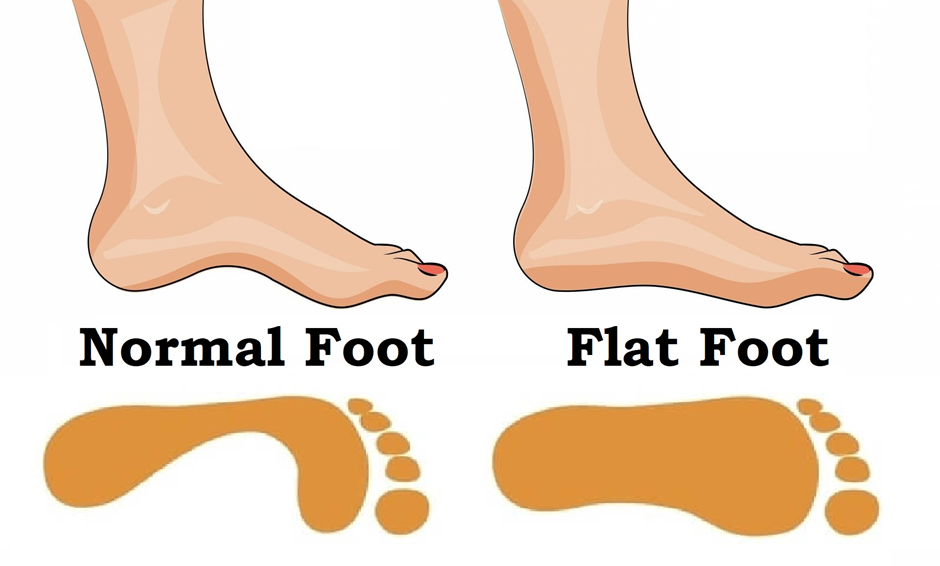Do Orthotics Help Knee Pain?
Orthotics may be helpful for management of knee pain if it is due to biomechanical problems or misalignment. But there is a need to select the right one and its proper setup before use, along with other therapy interventions.
It is worth noting orthotics would work well for many people who have knee pain; however, it only forms part of the whole solution. Thus, consult a professional to know the best way of using orthotics.
What Causes Knee Pain?
Knee pain is one of the most common problems being faced by many today and due to a host of reasons. One such reason is arthritis, which is termed osteoarthritis, that refers to the long-term knee pain as the cartilage within the joint degenerates with time.
The condition is either acute or chronic and may lead to knee pain caused by a torn ligament or meniscus. In addition, the lower-limb malalignment can become chronic because of the nature of treatment provided.
The correlation between foot motion and knee pain is that the foot acts as a base over which the body exerts tension along the lower limbs. Under normal circumstances, the knees end up being compromised whenever the feet do not function properly enough, leading to pain.
How Orthotics Help with Knee Pain
Orthotics basically act on the vector forces which are imposed upon the lower extremity of the feet during walking and standing. Orthotics provide for step-by-step correction of misalignment, which could occur at the surface level between the shoe and the skin. When orthotics fit properly, one may feel his or her foot is well-aligned and proper positioning does occur in both walking and standing.
In this case, one of the main functions of orthotics is redistribution of the pressure that is put upon the foot. This may help in 'unloading' the pressure passed through the leg and into the knee. For all other regions of the lower limb, it is also a part of the orthotic function to aid in maintaining alignment as better as possible.
A Research Study titled “Enhancing Functional Rehabilitation Through Orthotic Interventions for Foot and Ankle Conditions: A Narrative Review” indicates that these foot orthotics play an important role in managing these conditions and preventing further deterioration while reducing pressure on areas that cause abnormal gait. It suggests it can be employed in clinical practice for decision-making regarding foot and ankle problems. Orthotics may be highly efficient as it has a reported success rate of 89% for alleviation of pain caused by plantar fascia degeneration.
Advantages of Orthotics to Lessen Knee Pain
Orthotics provide benefits for people who complain about knee pain:
-
They can easily minimize the knee joint load in the process of lower limb positioning. Such reduced stress can be helpful to people with certain problems, including those who have patellofemoral pain syndrome or osteoarthritis.
-
It might be helpful for people with posture problems, issues with body mechanics, and many other associated problems. It can support the feet and thus could help in maintaining posture not just at the level of the foot but also in the arch.
-
They are very beneficial for people who have flat feet or overpronation (where the bones tend to knock following the inward bend of the foot on the outer edge of the shoe). Such conditions may be remedied with proper orthotics that could alleviate your knee pain.
Types of Orthotics for Knee Pain
When considering orthotics for knee pain, there are two main categories to choose from – custom orthotics and off-the-shelf options. Custom orthotics are designed to fit with an individual's given size, shape, and movement. However, they may be more costly.
Off-the-shelf orthotics are more generalized compared to custom-made ones – although they are more affordable. The points to keep in mind while choosing orthotics are:
-
Cushioning needed for proper shock absorption.
-
Durability and flexibility of the materials used.
-
Type and amount of arch support needed.
Limitations of Orthotics in Treating Knee Pain
Knee pain caused by serious structural problems or advanced joint disorders might not be completely treated by orthotics. If they are applied without treating underlying issues like muscular imbalances or bad posture, they lose some of their effectiveness.
Long-term comfort and rehabilitation require a comprehensive treatment plan that includes physiotherapy and exercise, among other pharmacologic interventions.
Alternative Remedies to Relieve Knee Pain
Orthotics should be used in addition to other forms of therapy in order to promote maximum improvement along with the therapeutic regimen. Exercises that strengthen the muscle around the area of the knee, which can be performed within the treatment session, will help maximize strength around the joint. Specific exercises for improving the strength in the quadriceps, hamstrings, and others that are targeted to assist support the foot itself can be included to further the improvement of management with orthotics.
Another very important consideration is the shoe. This will undermine the effectiveness of orthotics if they are worn with improper shoes. Proper footwear should be designed from the right materials that would ensure each of them is compatible with the other.
Subsequent medical interventions may be needed. These may involve oral anti-inflammatory medications and injections, which later may also include surgical interventions in some instances.




